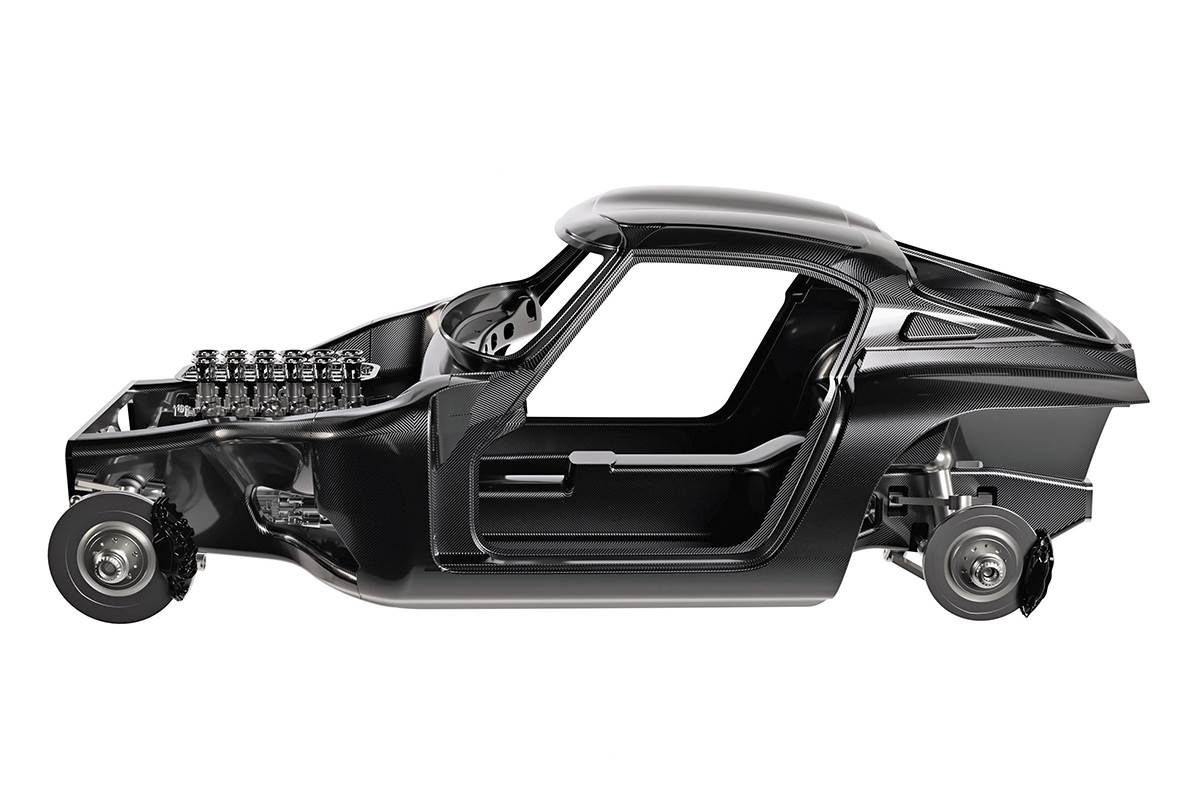Powerful hybrid diesel engine Mazda e-Skyactiv D: technology, fuel economy, emissions

Mazda says its new e-Skyactiv D engine is one of the cleanest diesels available and is 40% more thermally efficient.
Published on November 13, 2022 08:00:00 AM
Given the diesel buzz of the past few years and the inevitable conclusion by the public that the fuel itself is an issue, rather than how it’s used, it’s surprising that manufacturers are still develop them. Still, it’s Japanese carmaker Mazda’s latest example of the e-Skyactiv D, a new 3.3-liter straight-six that powers its CX-60 SUV. latest example.
Diesel engines still have a natural advantage in terms of fuel consumption, as they have a higher compression ratio to ignite the fuel, instead of using sparks, and that equates to superior thermal efficiency. On that score, Mazda has pushed the boat even further with an innovative technology it calls Distribution-Controlled Partial Compression Ignition (DCPCI).
While it doesn’t say exactly how the DCPCI works, it did reveal that each combustion chamber actually consists of two egg-shaped combustion chambers for improved air-fuel mixing. In general though, partial premixed compression ignition (PPCI) is not a new idea, having been the subject of research for many years around the globe.
PPCI is a form of low temperature combustion (LTC) somewhere between conventional diesel ignition, where fuel and air are not evenly mixed through the cylinder, and homogeneous charge compression ignition (HCCI), in which they are.
The advantage of LTC is that it has a good effect on reducing NOx and particulate emissions (which is not easy to do with internal combustion engines) and improving fuel economy. So then it’s just a question of which one to choose.
Compared to HCCI, PPCI makes it easier to control ignition timing, mix fuel and air well, and when used correctly with an exhaust gas recirculation (EGR) system, temperatures are reduced. That reduces NOx and increases efficiency, along with improved fuel economy, which is the name of the game.
Improved fuel economy goes hand in hand with the conversion of more heat generated from the successful mechanical combustion of the fuel, rather than being lost to the atmosphere (thermal efficiency).
Mazda claims the e-Skyactiv D is one of the cleanest diesels available and is 40% more thermally efficient, so it scores on all fronts.
While we still don’t know specifically how Mazda came up with its new engine design, research often includes the use of optical single-cylinder research engines (like Ricardo’s Hydra 1, which helps it. can scrutinize the behavior of the fuel-air mixture and combustion using specialized photography and lasers).
Can engines like the new e-Skyactiv D reverse the diesel reputational damage following scandals over the past few years? It’s a steep hill to climb. But it should be remembered that diesel engines are the leading candidate for synthetic fuels and biofuels, and PPCI designs will still offer the same advantages when using them.
Meanwhile, they will help ease the burden on drivers’ pockets amid current fuel price failures, as well as tick all the boxes on reducing emissions.
Light and strength

GTO Engineering has released images of the carbon fiber bodywork developed for its new Ferrari 250 GTO-inspired Squalo. It has been developed in conjunction with composites specialist Dexet Technologies with the aim of keeping the curb weight of the V12 sports car under 1,000kg.
Also see:
Tech talk: How Bentley reinvented seat technology
Copyright (c) Autocar India. Copyright Registered.
.jpg&w=700&q=90&c=1)




